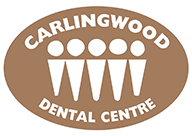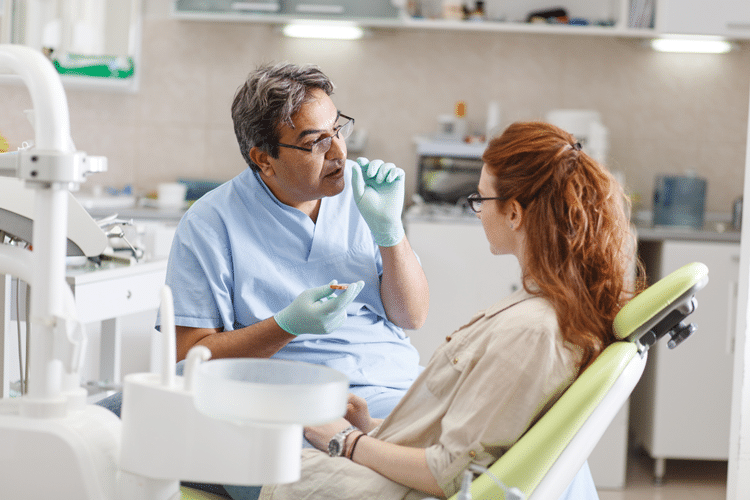Has your dentist recommended that you have a gum graft? If so, keep reading as we’ll answer some of the most common questions about this treatment and what you should know about gum grafting during and after the procedure.
What Is It Used For?
A gum graft is performed to correct receding gums. This prevents further exposure of the root of the tooth to prevent decay and increased sensitivity of the nerve.
What Is Involved In The Procedure?
During a gum graft procedure, the dentist will remove a piece of tissue from the roof of your mouth or nearby gum. This piece of tissue is then attached to the specific problem area. It’s a quick and simple procedure that only takes one visit to your dentist. However, you’ll need a driver to assist you, as you’ll be given medications or an anesthetic for the pain and discomfort.
Types of Grafts
There are three types of gum grafts that your dentist may recommend depending on your specific needs. If you have enough healthy tissue, your dentist may recommend a ‘connective tissue graft’ that removes a piece of your connective tissue from under a small flap in the roof of your mouth. If your gums are thin and need extra tissue, then you may require a ‘free gingival graft’ to remove a piece of tissue from the roof of your mouth before it gets stitched to your gum tissue. If you have a lot of healthy tissue in the area, your dentist may create a simple flap of tissue right next to your gum recession and use that flap to cover the area. This is known as a pedicle graft.
After Care
It can take anywhere from one to two weeks for your gum graft to properly heal. So for the first two weeks after your procedure, it’s recommended to avoid eating hard or hot foods that could aggravate the graft. Instead, you’ll need to eat only soft and cool foods, such as eggs, yogurt, cooked vegetables, and ice cream. You’ll also need to avoid brushing or flossing the area until it has healed. Instead, using a mouthwash can help prevent any infections or plaque buildup that could cause issues with the graft. Your dentist may also recommend pain medication and request that you avoid exercise until you’ve healed.
Follow Up Procedures
Your dentist will schedule a follow-up appointment so that they can check the condition of your graft and make sure it is healing properly. It’s important to attend these check-ups to avoid infection and other oral complications.
Gum grafts are the most effective way to reduce further recession and bone loss, and protect the tooth roots from decay. At Carlingwood Dental, our team can explain and answer any other questions or concerns that you may have. Give us a call to schedule your next appointment.


